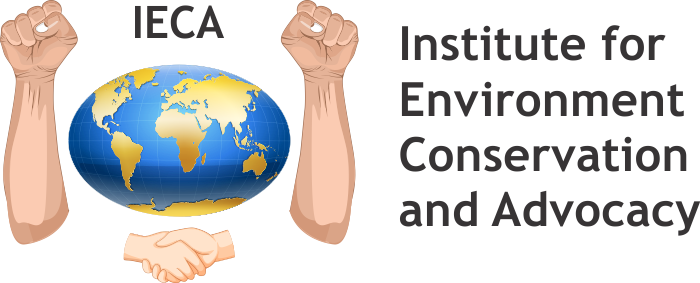Disaster risk reduction (DRR) in and through educational institutions involves incorporating disaster preparedness, mitigation, and resilience-building activities into the education system. Here's how educational institutions can contribute to DRR:
- Curriculum Integration: Integrate DRR concepts and skills into the formal curriculum across subjects such as science, geography, social studies, and civics. Teach students about natural hazards, disaster preparedness, risk assessment, and community resilience.
- Experiential Learning: Provide hands-on learning experiences and simulations to help students understand the impacts of disasters and develop practical skills for emergency response and risk reduction. Conduct drills, tabletop exercises, and field trips to enhance preparedness and resilience.
- Teacher Training: Train educators on DRR concepts, pedagogies, and teaching methods so they can effectively incorporate DRR into their lessons and activities. Provide professional development opportunities, workshops, and resources to support teachers in integrating DRR across the curriculum.
- School Safety Plans: Develop and implement comprehensive school safety plans that outline procedures for emergency response, evacuation, and communication during disasters. Involve students, staff, and parents in the development and review of school safety plans to ensure inclusivity and effectiveness.
- Community Engagement: Engage with local communities, government agencies, and civil society organizations to strengthen partnerships for DRR. Involve educational institutions in community-based DRR initiatives, such as risk mapping, early warning systems, and disaster preparedness campaigns.
- Disaster Awareness Campaigns: Organize awareness-raising campaigns and events to educate students, families, and communities about disaster risks, protective measures, and evacuation procedures. Use a variety of communication channels, including posters, flyers, social media, and community meetings.
- Inclusive Education: Ensure that DRR education is inclusive and accessible to all students, including those with disabilities, marginalized groups, and diverse language backgrounds. Provide materials and resources in multiple languages and formats to accommodate different learning needs.
- Research and Innovation: Encourage research and innovation in DRR within educational institutions, including studies on hazard vulnerability, risk assessment, and community resilience strategies. Support student-led projects and initiatives that contribute to DRR knowledge and practice.
- Crisis Counseling and Support: Provide psychosocial support and counseling services to students, staff, and families affected by disasters. Train school counselors and mental health professionals to address the emotional and psychological impacts of disasters on individuals and communities.
- Advocacy and Policy Influence: Advocate for DRR policies, laws, and funding mechanisms at local, national, and international levels to prioritize investment in disaster-resilient education infrastructure, curriculum development, and teacher training.
By integrating DRR into educational institutions, we can empower students, educators, and communities to build resilience, reduce vulnerability, and mitigate the impacts of disasters, ultimately creating safer and more sustainable societies.

 Call :
Call :